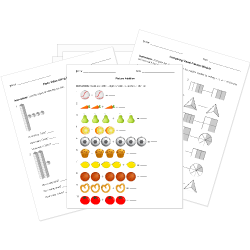Common Core Standard HSF-LE.A.2 Questions
Construct linear and exponential functions, including arithmetic and geometric sequences, given a graph, a description of a relationship, or two input-output pairs (include reading these from a table).
You can create printable tests and worksheets from these questions on Common Core standard HSF-LE.A.2! Select one or more questions using the checkboxes above each question. Then click the add selected questions to a test button before moving to another page.







